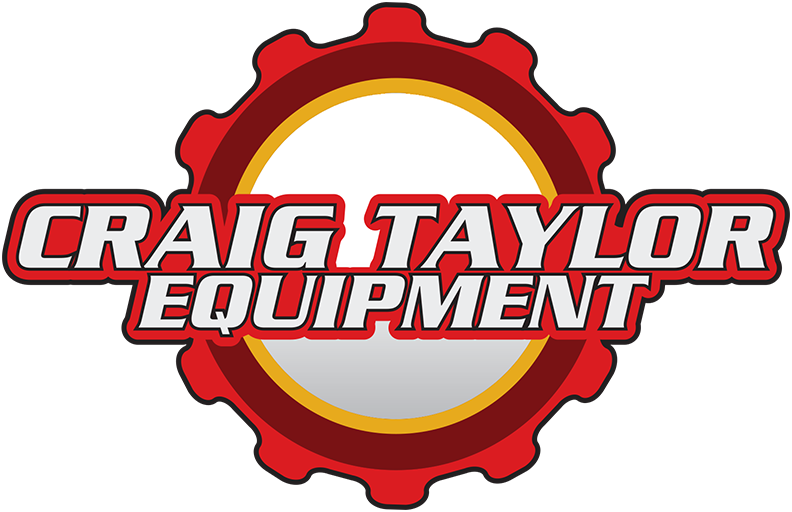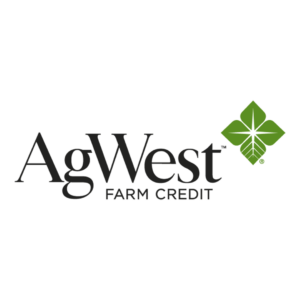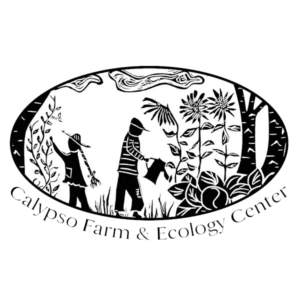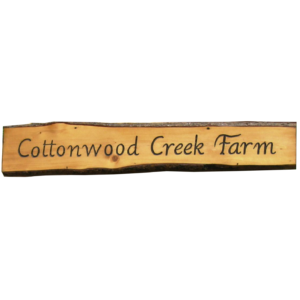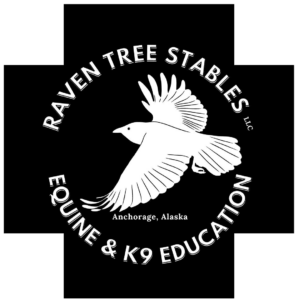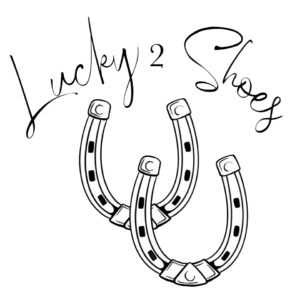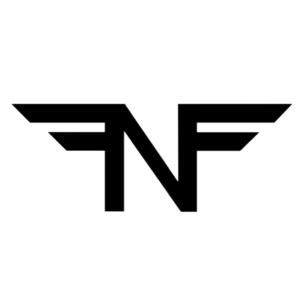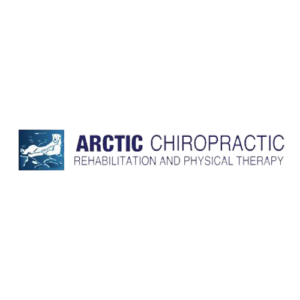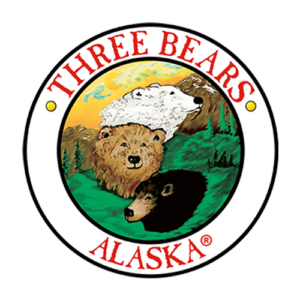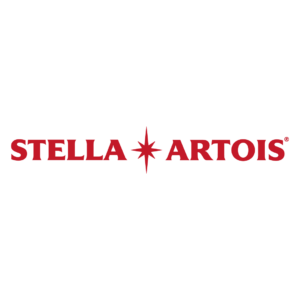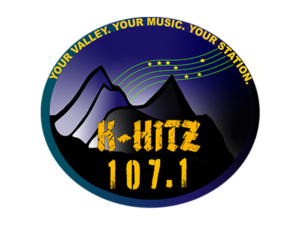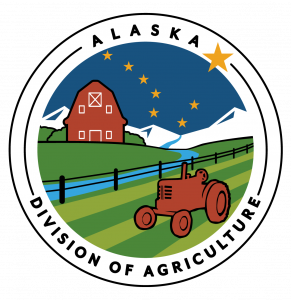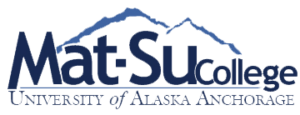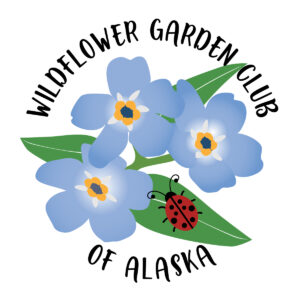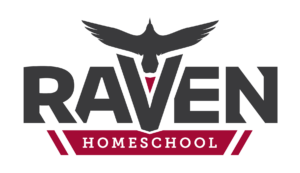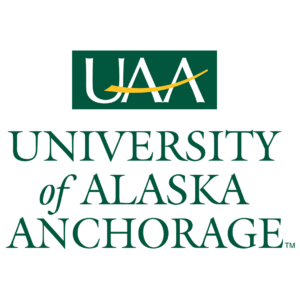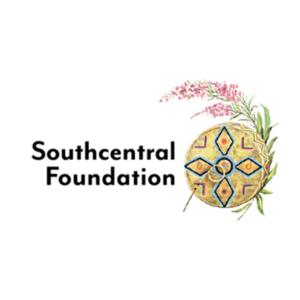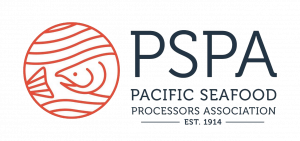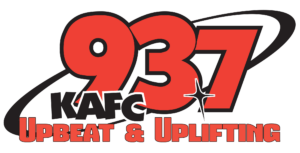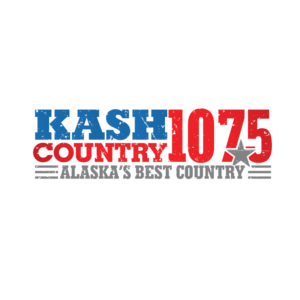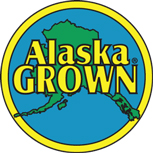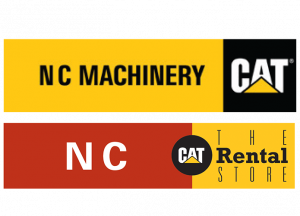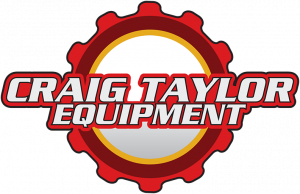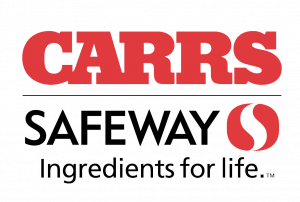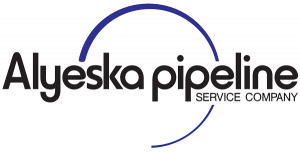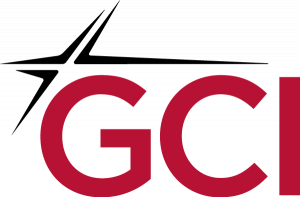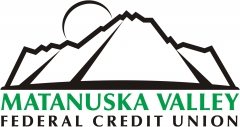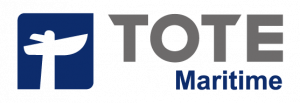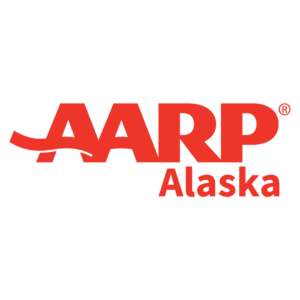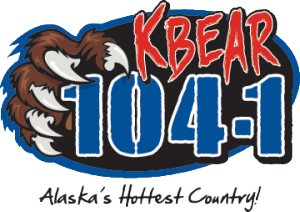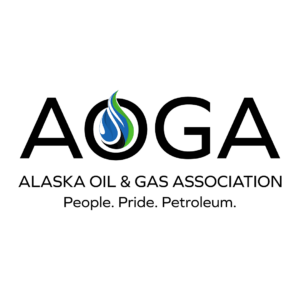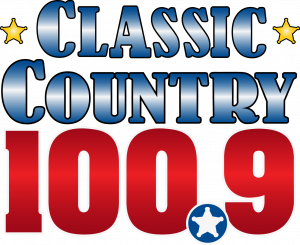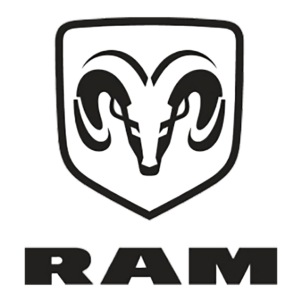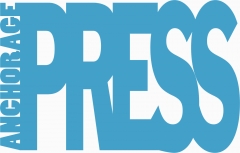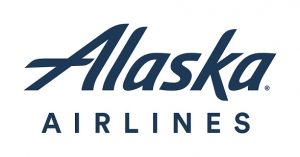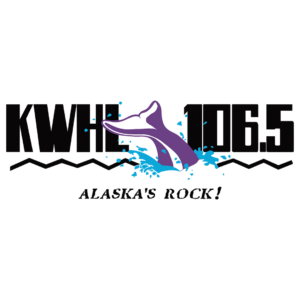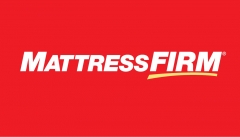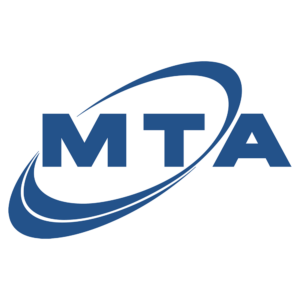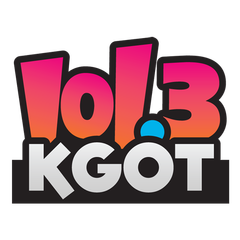Fair History
Fair History
Updated May 11, 2017
The Western Alaska Fair was started in Anchorage in 1924 and lasted until the 1929. M.D. Snodgrass of the Matanuska Valley was one of the organizers of that fair. Snodgrass, a retired experiment station employee, spent most of the last part of the 1920s recruiting settlers in the Matanuska Valley for the Alaska Railroad. He was also a founding member of the Northland Pioneer Grange No. 1 in Palmer. The Grange was established on April 26, 1935. Most of the 54 charter members were settlers who had been brought to Alaska by the Alaska Railroad.
Also in 1935, the U.S. government made the final, and successful, effort to populate the Matanuska Valley. A farming colony was established in the Valley, with the intent of opening up Alaska, providing food to the military in case of war, and giving families new opportunities in a new state full of potential – in other words, a fresh, new start. A total of 203 families from Minnesota, Michigan, Wisconsin and Oklahoma were selected. They arrived in the Valley in May 1935. (Four years later, 40 percent of the original colonists still remained.) During their first year, the colonists constructed their homes, cleared fields and built a community.
In March 1936, the Grange decided to attempt to establish a fair in Palmer. Snodgrass organized the Grange committees that planned the first fair, which was regarded by some as replacement for the recently defunct Western Alaska Fair in Anchorage.
The Northland Pioneer Grange No. 1 formed the Matanuska Valley Agricultural and Industrial Fair Assn., Inc. Newly arrived colonists soon were joining both the Grange and newly formed Fair. The group decided to hold a four-day Fair from September 4 through September 7. The Fair celebrated the 80th anniversary of that original event in 2016.
The Grange raised money for the original Fair by selling stock; within a few days, $1,200 had been raised. Admission was set at $1 for adults or $2 for a season pass; admission was free for children under 8.
The first Fair was held in and around what is now the Matanuska-Susitna Borough building. The inaugural event coincided with the opening of the Knik River Bridge, which linked the city of Anchorage and the Valley by road for the first time. This, combined with the railroad, meant that people from all over the state could attend. That year’s events included the crowning of the Fair queen, a baby show, boxing matches, horse races, dances, a rodeo and baseball games. There were also hundreds of agricultural entries, including giant cabbages, grain, carrots, onions, celery, peas and other vegetables.
That same year, the Fair acquired a more permanent site from the Alaska Rural Rehabilitation Corporation (ARRC), where the Alaska Veterans and Pioneers Home is now located. In 1939, a then-record 1,600 visitors attended the Fair.
The giant cabbage contest tradition began in 1941, when the manager of the Alaska Railroad offered a $25 prize for the largest cabbage. Max Sherrod of the Valley took the prize with a 23 pounder.
The following year, “war jitters” contributed to a hiatus of the Fair, which lasted from 1942 to 1946. But the Fair was back in full swing in 1947, with 160 exhibitors. That number grew to 205 in 1948.
Due to expensive physical improvements, the Fair Association treasury dipped to $35 in 1949. The Fair needed some new attractions to draw crowds, and 1950 saw the first carnival rides at the Fair. An air show was added in 1951.
The new attractions worked and, by 1956, attendance had grown enough to justify the Fair Board’s petition to the Alaska Legislature for official designation as the Alaska State Fair. That year, Sen. Jalmar Kerttula presented a bill in the Legislature to designate the Alaska State Fair as the “official” state fair. Tanana Valley Fair in Fairbanks had also made the same request, so the Legislature decided to alternate between the two fairs. Tanana Valley Fair is the “official” state fair on even years and Alaska State Fair, Inc. is the “official” state fair on odd years.
On February 25, 1959, the Alaska State Fair, Inc. was incorporated as a private nonprofit corporation, replacing the Matanuska Valley Agricultural and Industrial Fair Association.
In 1960, the Fair celebrated its 25th anniversary. The crowds came out to celebrate and attendance reached 30,000. Attendees included presidential candidate John F. Kennedy, who came to the Fair to kick off his “New Frontiers” campaign.
In 1966, the Fair purchased 221 acres from Palmer Raceways Assn. and 1967 was the Fair’s first year in its present location. The total attendance that year reached 72,000.
The first 11-day Fair took place in 1968. In 1969, two years after moving to its new location, the Fair donated its land in Palmer for the Alaska Veterans and Pioneers Home.
The Fair’s long-standing relationship with the Mat-Su Miners baseball team (formerly the Valley Green Giants) began in 1975, when the Fair board was approached with a proposal to host a baseball team and field on the fairgrounds. In 1976, the Fair board made land available for the baseball field. Many people were involved in the field construction, but none more so than the Hermon brothers, who used personal time and equipment from their construction company to build the ball field. Therefore, the name Hermon Field was designated by the Fair board. In 2012, the Fair extended the agreement with the Mat-Su Miners baseball team for continued use through April 30, 2025.
The Fair’s log food booths were built in the early 1970s by local logsmith Jimmy Hitchcock. Some of the buildings from Palmer’s early days were moved to the fairgrounds starting in 1975 as part of a bicentennial project. The buildings included Colony Church/Theatre, which was built in 1936 – 1937, and served as one of the three original colony churches; the Hesse-Smith House, which was built in 1935, and was one of five house plans offered to the colonists; the MacNevin House, built in 1935; Wineck Barn, which represents the dominant style of barn built for the colonists; and the Evan Jones House, built circa 1917 by the Jones family of the Jonesville Coal Mine. These buildings are still being utilized as Fair offices and for events year-round.
In 1976, three acres of the southwest corner of the fairgrounds became the temporary home for the Transportation Museum of Alaska. The museum, now named the Museum of Alaska Transportation and Industry, moved to its current location in Wasilla in 1992.
In the early 1980s, major upgrades to the Fair’s electrical, sewer and water systems were made. That same year, construction of the Farm Exhibits building began, and the earth that was removed for the building’s foundation was used to build the Borealis Theatre bowl, which hosts the annual Fair concert series. In 2016, concert-goers purchased a total of 26,294 tickets to the concert series.
Originally, the Farm Exhibits structure was designed to be a multi-purpose arena for Fair-time activities, as well as year-round, non-Fair use. Funding for the construction was requested from the state, and completion of the building was to be done in phases. However, after the phase one funding was received, the state had no available monies to complete the project, leaving just the skeleton of a building. In 2012, the Fair was awarded an $800,000 grant from the State of Alaska for much-needed Farm Exhibits roof improvements. The project, which included replacement of the entire 96,000-square-foot roof, as well as necessary structural upgrades for 110 MPH wind load, were completed in fall 2013.
Another significant change in the look of the fairgrounds occurred in 1997, when the construction of Pioneer Plaza and Raven Hall was completed. The Fair borrowed $2.1 million for this project, which was to be paid off in 2012. Due to frugal fiscal practices and additional revenue provided by sponsorships and concerts, the project was paid off ahead of schedule in 2009. Today, Pioneer Plaza offers ample room for displays and attractions during the Fair. Meanwhile, Raven Hall, originally built as a venue for commercial exhibits during the Fair, now provides an important venue for numerous year-round public and private events.
In 1998, the Fair was extended to three weeks for a 17-day event in recognition of the 1898 Gold Rush Centennial. It also briefly labeled itself “Expo 98” in recognition of the event. In 1999, the Fair reverted to its traditional 11-day schedule.
The Fair marked the first year of the new century by filling and burying a time capsule, which will be opened in 2036 in commemoration of the Fair’s 100th anniversary.
Also in 2000, the Fair and the Alaska agricultural community established the Farm Family of the Year award to honor the work and contributions of hard-working farming families in Alaska. In 2016, the award went to the Plagerman family of Delta Junction.
A major development in the physical evolution of the fairgrounds took place in 2001, when the Fair purchased 40 acres of land containing the Rebarchek gravel pit. In 2002, the Fair also purchased the Rebarchek farmhouse and five additional acres of land. In 2003, the Fair traded the Rebarchek gravel pit for 40 acres of the adjacent Hamilton farm, through an agreement with Alaska Demolition. The swap was a way to buffer the fairgrounds from non-compatible land uses, such as residential and commercial development.
In 2004, after two years of construction, the Fair opened its new Green Gate and Railroad Depot on the south end of the fairgrounds. The development included new restrooms, covered areas, an electronic sign, and Glenn Highway Scenic Byway interpretive panels.
Changes to the fairgrounds continued in 2007, when the title to the Don Sheldon Events Center was transferred from the Mat-Su Borough to the Fair. A new roof, funded by a gracious grant from the Rasmuson Foundation, was put on the Events Center in 2011, allowing the upgraded facility to attract higher quality exhibits.
The beautiful gardens and colorful flowers that decorate the grounds have long been a mainstay of the Fair and a favorite amongst fairgoers, thanks in large part to the Fair’s long-time head gardener Becky Myrvold and her team. In 2007, the Fair’s handiwork received some well-deserved national recognition, when the makers of the Public Broadcasting Service program GardenSMART visited the Fair to film a 30-minute segment featuring the Fair’s herb, perennial and annual gardens, as well as highlighting the Fair’s famous giant vegetables. The segment also included a history of the Fair and its significance to the state.
The 2008 Fair coincided with Alaska’s 50th anniversary of statehood, and many events were designed to celebrate that momentous milestone. Among them was the unveiling of the official Alaska state quarter. On August 29 – the same day Alaska’s former Gov. Sarah Palin was named a U.S. vice presidential candidate – thousands of fairgoers gathered to witness the introduction of the State of Alaska quarter by Sen. Lisa Murkowski, Lt. Gov. Sean Parnell and officials from the United State Mint.
The Fair’s 2008 efforts earned it an award from the American Bus Association, which named the Fair one of the top 100 events in North America. This annual award recognizes 100 of the best events for group travel in the U.S. and Canada. Continuing its tradition of excellence, the Fair was named one of the best state fairs in America by Country Living magazine in 2012. The Alaska State Fair, which came in second behind only the Iowa State Fair, was touted for “most jaw-dropping produce.” The Fair continued its winning tradition, being named among the top 20 events and festivals by Top Events USA in 2014. The Fair was also a contender for “best state fair” in USA TODAY’s 2015 10Best Readers’ Choice travel award contest. And the Fair brought home a number of awards from the 2016 International Association of Fairs and Expositions convention, including first place in the commemorative poster category.
2010 marked the first year of the Fair’s scholarship program. Three $1,000 scholarships were awarded to Mat-Su Valley students that year. In 2016, the Fair awarded $4,250 in scholarships to five Alaska high school students. The Fair continues to seek opportunities to increase scholarship funding. In 2012, in partnership with the Palmer Rotary, the Fair supported the first-ever Cabbage Classic Lottery, which gave fairgoers the chance to guess the weight of the winning entry in the Giant Cabbage Weigh-Off while raising money for Rotary and Fair scholarship programs. The Cabbage Classic continued in 2016, bringing in $390 for Fair scholarships.
In 2016, the Fair undertook several additional creative fundraising efforts benefiting the Fair scholarship fund. These efforts included the raffle of an 80th birthday commemorative Fair quilt, which featured artwork designed by Alaska artist Ruth Hulbert and was sewn by local quilter Kathy Rockey. The raffle, won by Lorraine Stotts, brought in $3,990 for Fair scholarships. The Concert Kick-Off Party, a fundraising event held in April, raised another $4,000 for Fair scholarships.
In 2011, the Fair’s Flower Exhibits building (previously the Livestock Barn and then the Fair Exchange) became the Kid Zone, offering fun, educational children’s activities as well as the Children’s Maze, a spectacular garden maze for young children featuring different themes every year. Meanwhile, the Flowers Exhibits department moved to a new area created especially for them in the Farm Exhibits building.
In 2012, Palmer farmer Scott Robb set a new record for the world’s heaviest cabbage with his 138.25-pound entry into the Giant Cabbage Weigh-Off, besting Wasilla grower Steve Hubacek’s 2009 world-record cabbage, which weighed in at 127 pounds. At the 21st annual Giant Cabbage Weigh-Off in 2016, repeat champion Steve Hubacek took first place with his 83.4-pound entry.
The 2014 Fair featured several significant expansions/improvements, including new paved walkways in the carnival area, upgraded and expanded sewer system, new Farm Exhibits roof, and the opening of The Gathering Place, a new area of the fairgrounds dedicated to experiencing Alaska’s rich Native cultures and traditions. In 2015, all regions of Alaska were represented at The Gathering Place, which featured 38 Alaska Native dance group performances, 23 Alaska Native artisans, 13 storytelling concerts, 10 Alaska Native games demonstrations, and nine music concerts. Dena’ – People’s Stage, the latest feature of The Gathering Place, opened at the 2016 Fair. The 1,000-square-foot permanent stage now offers a dedicated performance area for Alaska Native entertainment at the Fair.
To better understand and share the value the Fair provides to the state, the Fair undertook an economic impact study with assistance from the McDowell Group in 2014. The final report showed a total economic impact of $23 million.
Part of the Fair’s economic impact on the state stems from its growth from a once-a-year event to a year-round hub for the community to gather, learn and enjoy. In 2014, the Scottish Highland Games moved their annual summertime event to the fairgrounds. The Fair was honored to host the International Highland Games Foundation World Heavy Events Championships in 2016. The popular Mighty Matanuska Brewfest has been held at the fairgrounds each fall for the past nine years. And in 2015 and 2016, the Fair hosted “Bright up the Night,” a free, drive-through light display celebrating the holiday season.
In November 2014, the Fair and Alaska Farmland Trust signed an agreement permanently protecting 36.5 acres of Fair-owned property as farmland. The Fair supported the agreement with a contribution valued at $250,000. Farmland Palooza, an event celebrating the agreement, took place May 16, 2015 at the property, located next to the former Hamilton Dairy Farm across South Inner Springer Loop from the fairgrounds.
The 4-H Junior Market Livestock Auction marked its 41st year at the Fair in 2016, bringing in $214,312.50 and setting a new record for the event. The 4-H youth participants, many of whom raised their animals from birth, receive the majority of the proceeds, which they often pour back into raising an animal for the next year’s auction.
In 2016, a total of 8,719 exhibit entries came in from across the state, as well as 33 from outside Alaska. The entries resulted in six new state records, including the one set by Dale Marshall at the 2016 Midnight Sun Great Pumpkin Weigh-Off. After pursuing the state record for five years, Dale finally broke it with his 1,469-pound entry, beating the previous state pumpkin record by 180 pounds.
In late 2015, the Fair signed a long-term agreement with Golden Wheel Amusements. The agreement, which coincided with the Fair’s 80th birthday and Golden Wheel Amusements 50th anniversary in Alaska, underscored the organizations’ continuing commitment to introducing new rides and capital improvements in the carnival area at the fairgrounds. Fairgoers enjoyed four new rides at the 2016 carnival, including Zombie Mansion, Warhawk, Kiddie Swing, and The Rock.
Over the years, Fair attendance has continued its upward trend. During the 18-day Fair in 1998, a record 361,804 people enjoyed the festivities. The Fair set another record in 2003, with 312,419 visitors attending the Fair over a 12-day period. Estimated attendance at the 2016 Fair was 293,424.
Throughout its history, the Fair has demonstrated a commitment to the health and wellbeing of the community. For example, in 2016, the Fair became the very first state fair in the United States to go smoke-free for the entire run of the event. The Fair was honored with the American Lung Association’s 2016 Breathe Easy Champion Award for this landmark move. And through its award-winning recycling program, established in 2002, Fair volunteers diverted 34,829 pounds of recyclables from the landfill last year alone!
While the Fair has certainly come a long way since the first event in 1936, the spirit of the Fair remains relatively constant. Visitors do enjoy a wider range of events, such as diverse, big-name entertainers and carnival rides, but the heart of the Fair still centers on the things the original colonists started with – agriculture, produce, lots of food, flowers, friends and family, and an old-fashioned, good time.
